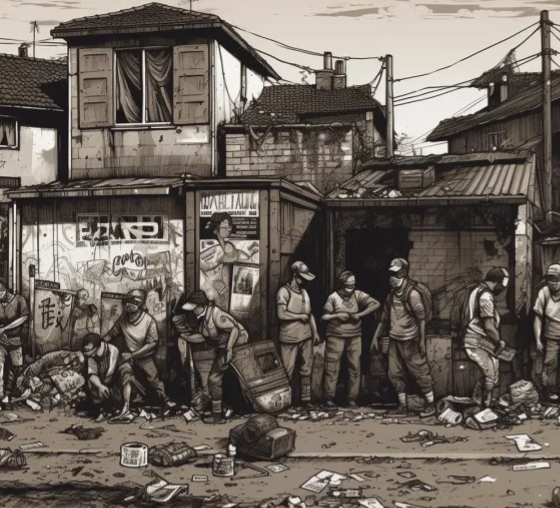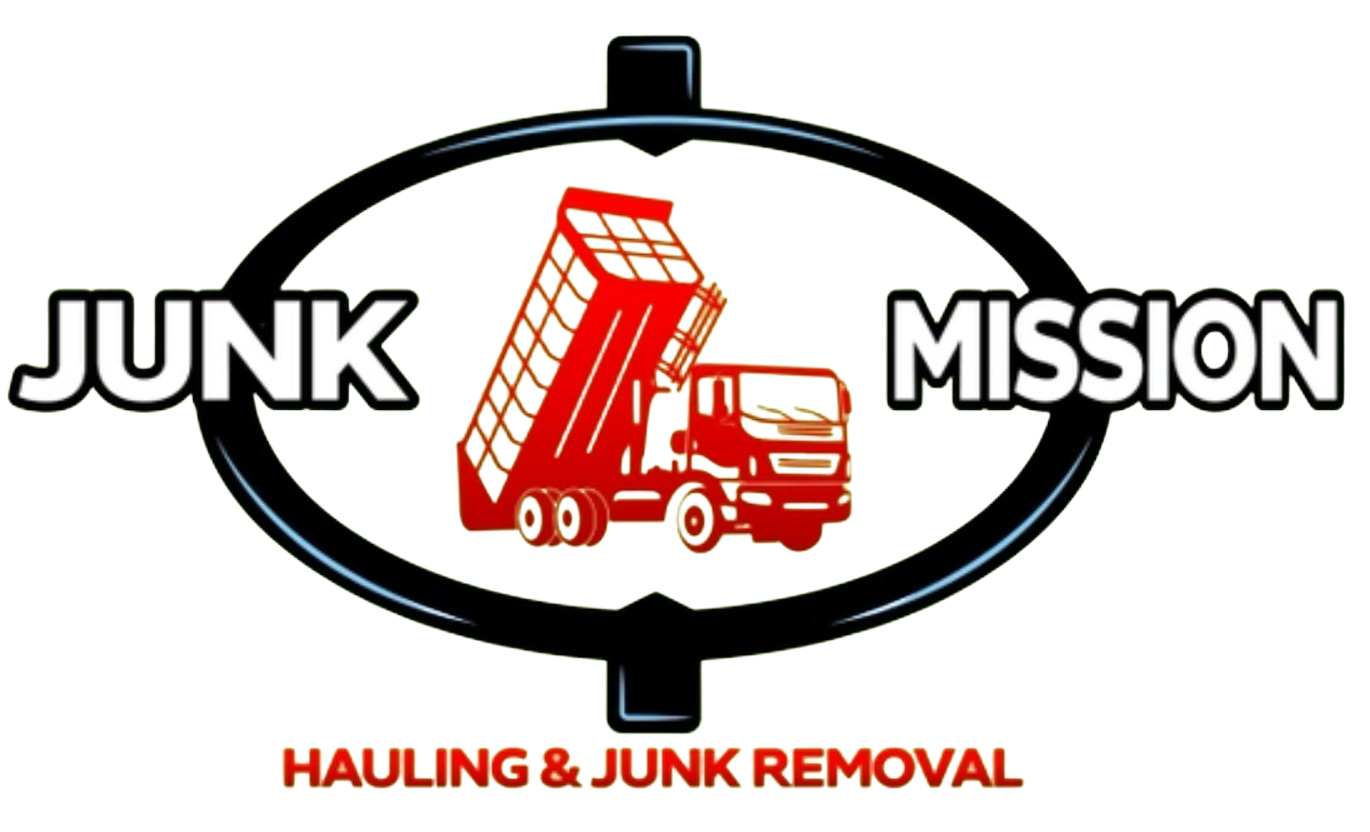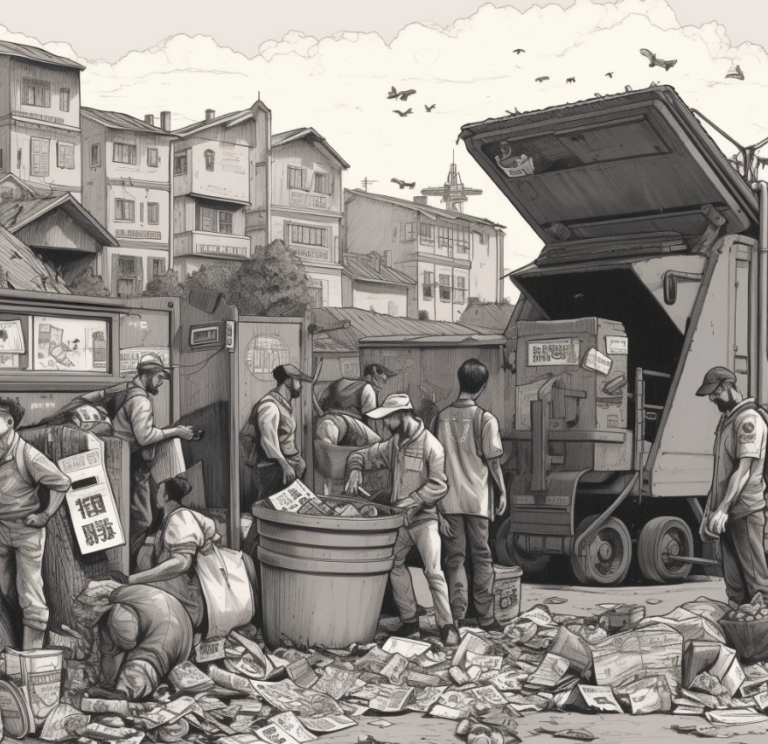It’s no secret that waste management has been a significant problem since the population is growing. It may cause serious problems for human health and the environment if not addressed. As much as possible, incineration is not an option since it burns trash and still contributes to air pollution.
Because of this situation, understanding waste management is essential for people. Proper segregation and waste disposal can lessen the environmental impact since it reduces the amount of waste that leads to landfills.
This article should teach you how to contribute to reducing residential waste. With different disposal methods, you can implement your waste management practices at home for both biodegradable and non-biodegradable waste.
Understanding Residential Waste
You dispose of residential waste from your household or the unwanted items you have removed. These may include the trash generated from foods, plastics, bottles, appliances, old clothes, pieces of furniture, or cleaning chemicals. Though these are already considered trash, you should dispose of them properly to achieve sustainable living.
Improper disposal of organic waste may still release toxic chemicals, even though they are biodegradable. These chemicals may seep into the soil, go through the water sources, and contaminate them.
You should also segregate the waste before garbage collection takes them. Every garbage has a different type of disposal to minimize its environmental impact. Failure to recycle items means these types of waste will go directly to landfills, which will also be incinerated.
Best Practices for Residential Waste Management
Waste Segregation
Waste segregation is classifying and sorting trash according to its type. You must know the classification of waste to sort them out correctly. Some residential waste may cause diseases and pest infestation. Additionally, if there is waste contaminated by the other, it may not be treated for recycling. Thus, it will also lead to landfills.
These are divided into wet, dry, and hazardous waste. Wet waste usually comes from food items, used tissues, damp paper towels, hygiene products, and yard waste. On the other hand, dry waste is bottles, cans, clothing, paper, plastics, and glass. Hazardous waste is those that contain toxic chemicals like batteries and cleaning materials.
Recycling
Recycling is the process of salvaging and reprocessing waste. These items are collected and manufactured into different products. This process can help manufacturers save money from buying new raw materials, passing the savings to the consumers. It also helps protect the environment since no new natural resources will be used.
Dry waste is recyclable items. However, they are recycled by different facilities because of their content. Plastics are melted and recycled into a new product. Scrap metals are treated and used by foundries in manufacturing casting products. Other facilities refurbish or dismantle old gadgets and also recycle parts of appliances.
Composting
Wet waste usually undergoes the composting process. These may be done by compost depots or households with compost pits approved by the local government. The composted organic manure creates a natural and organic fertilizer that can help nourish soil and plants.
A good balance of carbon-rich materials, nitrogen-rich materials, water, and oxygen is needed to be effective. Food and vegetable scraps, grass clippings, and crushed egg shells are nitrogen-rich. Carbon-rich items are dry leaves, wood chips, shredded papers, and shredded brown bags.
Not all food waste should go to compost pits and facilities. Meat, fish, and bones cannot be composted. Pet waste and cat litters are also not allowed in compost pits. You should also maintain the compost pits to avoid the budding of weeds.

Waste Reduction
Waste reduction is a waste management practice where no waste is created. It is also similar to recycling, but in waste reduction, you need to reuse or use fewer items to reduce materials that go into their recycling phase.
In this practice, you use durable and reusable products. Donating items like furniture and appliances are also part of this process. Waste reduction does not only help the environment, but it also helps you save on the costs of buying new materials.
Hazardous Waste Management
Proper facilities should only dispose of hazardous waste. If not disposed of properly, this may impose adverse health risks to humans and the environment. It does not only come from industrial facilities; some home appliances and items also contain hazardous materials.
Disposing of hazardous waste should be placed in appropriate and labeled containers. They should not go together with recyclables since they may contaminate them. Some hazardous waste can easily be identified through a symbol in its packaging.
Local Waste Disposal Regulations and Resources
Since people have become more conscious about the environment, cities and counties have implemented several regulations for their communities to participate in waste management. These regulations are designed to ensure proper waste management that should start in households.
They also monitor the responsibilities of local businesses, especially haulers and dumpster rentals. Landfills, incinerators, and recycling facilities are also subject to stringent guidelines to ensure compliance with safety standards established by the local government.
Local governments host programs to keep their residents engaged in proper waste disposal. They may join recycling programs, clean-up projects, or donation drives. Residents may also seek assistance from environmental departments regarding garbage collection or pick-up of different types of waste.
The Bigger Picture: Residential Waste Management and Sustainability
Effective residential waste management encourages individuals to minimize the use of single-use materials. It comes in different practices like recycling, waste reduction, and recycling. Because of this, less waste ends up in landfills. Therefore, there will be less waste that needs to undergo incineration.
The community should be educated appropriately to keep them engaged in these practices. Residents involved in local programs can make informed decisions, adopt sustainable behaviors, and become more accustomed to these practices.
Because of this, every landfill in each country will have less waste that needs to be processed. Though waste disposal facilities are helpful in waste management, their processes produce harmful gasses and pollutants in the environment.
Conclusion
Waste management in cities and counties starts with its residents. For it to be effective, residents should know how to dispose of waste properly. Each household should practice recycling and waste reduction for sustainable living. By adhering to the regulations established by the local government, communities can look forward to a healthier environment, which will also benefit all people.
Looking for a residential waste management team? Contact Junk Mission Today!

